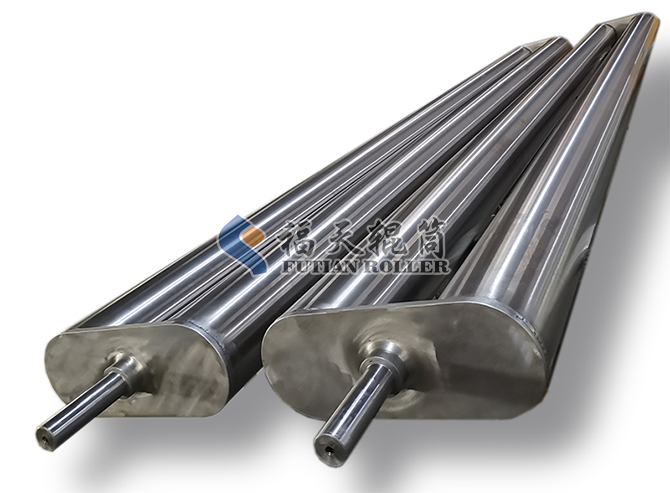The Application of Guide Rollers in Textile Machinery
Guide roller is a common component in textile machinery that plays a crucial role in the textile process. Its primary function is to maintain the stability of the yarn, ensuring consistent tension throughout the textile process. Additionally, the guide roller allow for fine control of the yarn’s traction force by adjusting the tension, thereby meeting the desired level of precision and quality in the textile process.
The design and manufacturing materials of the guide rollers directly impact the quality and efficiency of textile products. When designing a guide roller, factors such as the type and characteristics of the yarn, its adhesiveness, and the surface material of the guide roller need to be considered. Furthermore, to prevent friction between the guide roller and yarn, the surface material of the guide roller is typically treated to enhance its smoothness and reduce friction.
Usually, The surface materials of guide rollers include:
1.Rubber: Rubber is a popular material for guide roller surfaces. It offers good elasticity and abrasion resistance, providing excellent friction and traction for various textile production processes.
The picture following is customized stainless steel guide roller made by Futian Roller.

2.Metal: Metals such as steel and iron. The metal surfaces can be polished and processed to improve smoothness and reduce friction with yarn. Different metal materials can be chosen based on specific requirements, such as stainless steel for its corrosion resistance.
3.Ceramic: Ceramic surfaces are often used for treating special fibers and yarns. They have a low friction coefficient and excellent wear resistance. Ceramic rollers are typically suitable for production processes sensitive to fibers and yarns.
4.Polymer Coating: Polymer coatings involve applying a layer of polymer material, such as polyurethane or polyethylene, to the guide roller surface. These coatings provide a smooth surface, reducing friction with yarn and enhancing wear resistance.
In addition to the choice of surface material, the diameter, length, and design shape of the guide
roller also influence the quality of textile products and production efficiency. For instance, a smaller guide roller diameter facilitates easier yarn transfer and stability, but it increases the friction between the roller and yarn, affecting yarn quality. Similarly, a longer guide roller enhances traction force and control over the yarn, but it also increases weight and costs.
In summary, the guide roller is an indispensable component in textile machinery, directly impacting both production efficiency and quality of textile products. Therefore, thorough consideration and research are necessary in the design and manufacturing of guide rollers to achieve high-quality and efficient textile production.
Articles You May be Interested in
5 Characteristics of Mirror Finish Roller You Need to Know
Guide for Selecting Right Conveyor Rollers for Your Industry







